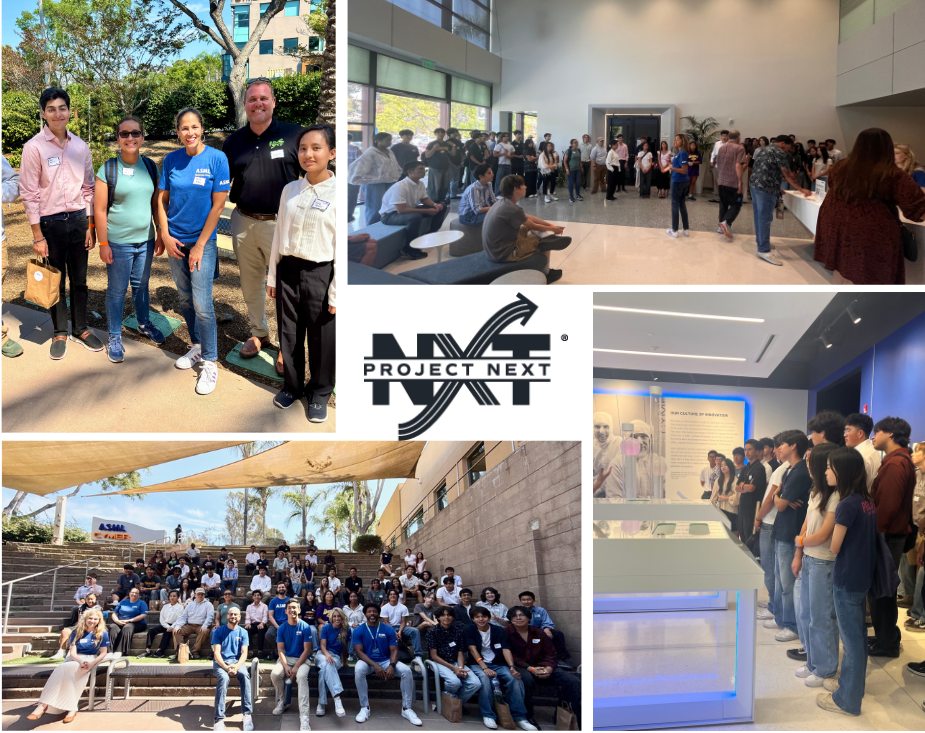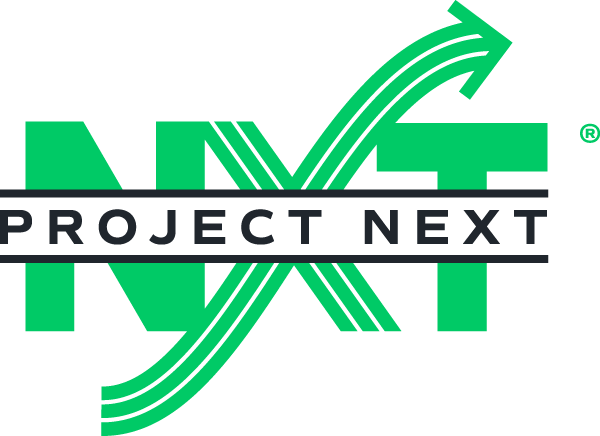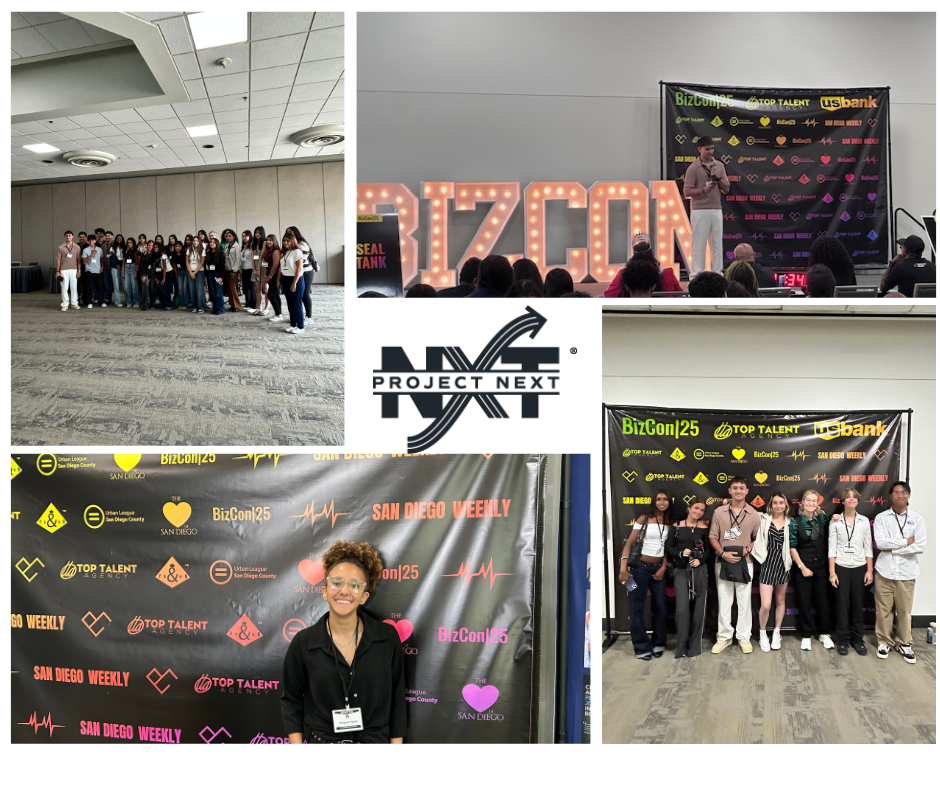March 19, 2025
Practical Tips to Help You Shine and Get the Job Landing your first job as a high school student is an exciting step toward independence, but the interview process can feel intimidating—especially if it’s your first time. The good news? With the right preparation, you can confidently walk into your interview and leave a great impression. This guide will break down how to prepare, what to expect, and tips to help you stand out in a job interview. Step 1: Research the Company & Job Position Before your interview, take some time to learn about the company and the role you’re applying for. Employers love candidates who show genuine interest in their business. 🔎 How to Research: Visit the company’s website and read about its mission, values, and services. Check their social media pages to understand their culture. Review the job description carefully so you know what they’re looking for. 💡 Example: If you’re applying at a coffee shop, learn about their drinks, company history, and customer service philosophy. If it’s a retail job, check out their brands and sales promotions. Step 2: Practice Common Interview Questions Most job interviews include a mix of general questions and behavioral questions (how you handled situations in the past). Common Interview Questions for High Schoolers: 🗣️ Tell me about yourself. ✅ Example Answer: “I’m a high school junior who loves working with people. I’m very organized and enjoy teamwork. I’ve been part of my school’s student government, which has helped me develop leadership and problem-solving skills. I’m excited about this opportunity because I want to gain work experience and improve my communication skills.” 🗣️ Why do you want to work here? ✅ Example Answer: “I admire how this company values customer service. I love interacting with people, and I think this job will help me develop valuable skills while contributing to a positive work environment.” 🗣️ What are your strengths? ✅ Example Answer: “I’m very reliable and a fast learner. I take direction well and work hard to meet expectations. I’m also great at working on a team, which I’ve developed through group projects and school activities.” 🗣️ What are your weaknesses? ✅ Example Answer: “I sometimes struggle with public speaking, but I’ve been working on it by participating in class discussions and presentations.” 🗣️ Tell me about a time you handled a challenge. ✅ Example Answer: “In my student government role, we had to organize a school fundraiser, but our venue canceled last-minute. I helped find an alternative space and communicated with all the vendors. The event was a success despite the setback.” 💡 Tip: Use the STAR method (Situation, Task, Action, Result) to answer questions about past experiences. Step 3: Prepare Your Own Questions to Ask At the end of the interview, the employer may ask, “Do you have any questions for us?” Always say yes! Asking thoughtful questions shows you’re genuinely interested in the job. Good Questions to Ask the Employer: What are the most important qualities for someone in this role? What do you enjoy most about working here? What’s the next step in the hiring process? Step 4: Dress for Success Even if the job doesn’t require formal attire, it’s important to dress professionally to make a good first impression. What to Wear: ✔ Retail, Restaurant, or Customer Service Jobs: Nice jeans or dress pants with a polo or blouse. ✔ Office Jobs or Internships: Dress pants/skirt with a button-down shirt or blazer. ✔ Trade or Outdoor Jobs: Clean and neat casual attire. 🚫 Avoid: Ripped jeans, graphic t-shirts, overly casual outfits, or excessive jewelry. 💡 Tip: If you’re unsure about the dress code, visit the workplace beforehand and see what employees wear. Step 5: Arrive on Time & Make a Great First Impression ⏰ Arrive 10-15 minutes early to show responsibility and professionalism. 📌 First Impression Tips: Smile and make eye contact when greeting the interviewer. Offer a firm handshake and introduce yourself with confidence. Be polite and enthusiastic —a positive attitude goes a long way! 💡 Tip: If the interview is virtual, test your internet, camera, and microphone in advance. Choose a quiet, well-lit space. Step 6: Display Confidence & Positive Body Language During the interview, body language is just as important as what you say. 👀 Confidence Boosters: Sit up straight and maintain good posture. Make eye contact but don’t stare. Avoid fidgeting (playing with hair, tapping fingers, etc.). Speak clearly and at a moderate pace . 💡 Tip: If you’re feeling nervous, take a deep breath before answering each question. Step 7: Follow Up After the Interview After the interview, send a thank-you email or note within 24 hours to show appreciation. 📧 Example Thank-You Email: Subject: Thank You for the Interview Opportunity Dear [Interviewer’s Name], Thank you for taking the time to interview me for the [Job Position] role at [Company Name]. I enjoyed learning more about the team and the responsibilities of the position. I am excited about the opportunity to contribute to your company and further develop my skills in [mention something relevant]. Please let me know if you need anything else from me. I look forward to hearing from you soon! Best regards, [Your Name] 💡 Tip: A simple thank-you email can help you stand out from other candidates! Final Thoughts: You’ve Got This! Acing a job interview as a high school student is all about preparation, confidence, and enthusiasm . Employers don’t expect you to have years of experience—they just want to see that you’re reliable, hardworking, and eager to learn. ✨ Key Takeaways: ✅ Research the company and role before the interview. ✅ Practice common questions and prepare thoughtful responses. ✅ Dress appropriately and arrive on time. ✅ Be polite, confident, and engaged. ✅ Follow up with a thank-you note. By following these steps, you’ll impress your interviewer and increase your chances of getting hired . Good luck—you’ve got this!











